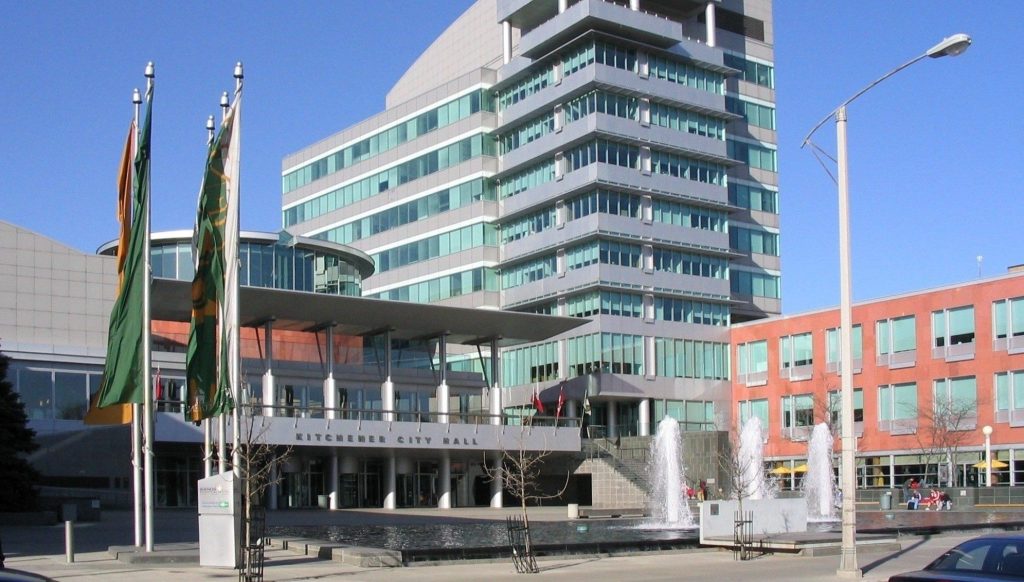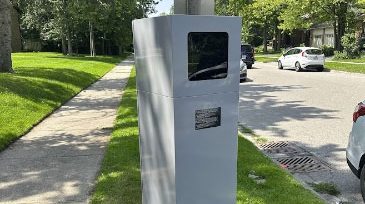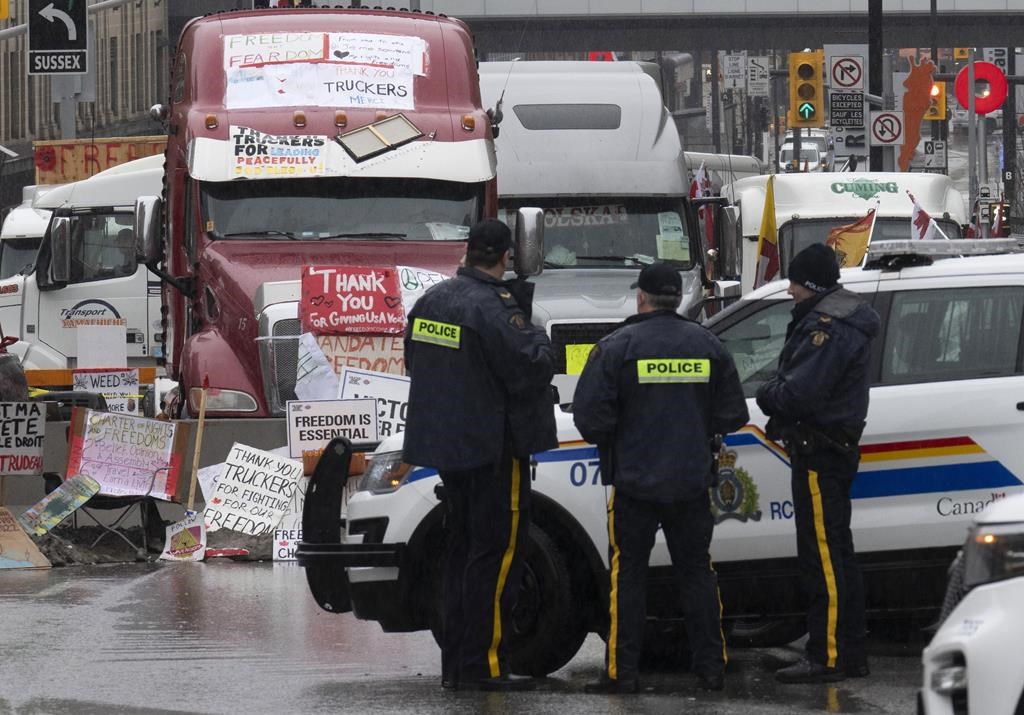Southwest Airlines posts first-quarter profit on one-time gains from fuel hedging
Posted Apr 19, 2012 05:44:39 PM.
This article is more than 5 years old.
DALLAS – Southwest Airlines Co. is worried that the days of easy fare increases are over.
The airline had a surprisingly good first quarter, helped by a 5 per cent increase in the average ticket — part of a three-year trend of higher prices at Southwest, which carries more U.S. passengers than any other airline.
But Southwest’s planes were a bit less crowded than a year ago, and CEO Gary Kelly acknowledged Thursday he’s concerned that some passengers are resisting higher fares.
Southwest reported net income of $98 million, helped by gains from hedging contracts designed to blunt the pain of higher jet fuel prices.
Without those fuel-hedging gains, which are like insurance against spikes in fuel prices, and other one-time items, Southwest would have lost $18 million, or 2 cents per share. Still, that was better than analysts expected. They predicted a loss of 5 cents per share, according to FactSet.
Quarterly revenue rose 29 per cent to $3.99 billion, reflecting the company’s bigger size since it bought AirTran Airways last year.
The results buoyed Southwest shares, which haven’t enjoyed many good days in recent weeks. The stock rose 34 cents, or 4.3 per cent, to close at $8.23 on Thursday. The shares had fallen 21 per cent since breaking above $10 in early February, about the time that fear over rising fuel prices came to a head.
Spot prices for jet fuel haven’t changed much since early February, but they jumped 10 per cent in the first part of the year. Fuel was Southwest’s biggest expense, at $1.5 billion — an increase of $472 million, or 45.5 per cent from a year ago. The size of the jump was partly due to the bigger fleet it has with AirTran under its wing.
With fuel costs rising, airlines have been boosting fares for more than a year. At the same time, however, Southwest and others run frequent sales to fill seats.
The result: The average one-way fare on Southwest and AirTran rose to $146.44 during the first quarter, up 5 per cent in one year and 30 per cent since the first quarter of 2008, when fuel prices were also hurting airlines.
Southwest reported a gain in revenue for every mile flown by passengers, a closely watched statistic in the airline business, although it was less than at some other airlines. Southwest also said that April passenger traffic and ticket bookings were solid.
But planes were a tick less full than during the first quarter of last year. Kelly said the 1 percentage point dip in occupancy wasn’t alarming — a 5-point drop would be, he added — but he confessed concern.
“It does suggest that there is some resistance by some consumers to higher fares,” he said in an interview with The Associated Press. Airlines need to cover their fuel costs, “which is putting pressure on us to raise fares more than we think is wise.”
Southwest chief financial officer Laura Wright said last month that each successive fare hike raises less money. Southwest has so far declined to match fare increases imposed this week by Delta, United and American, another indication of the company’s unease about higher prices.
Kelly declined to discuss specific pricing decisions, but he said if fuel prices just stay at current levels — even though very high by historical measures — the rest of the year should be more profitable than the first quarter.
Airlines have been able to raise prices because they have strictly controlled the supply of seats by limiting flights. Airline CEOs say they have matched the supply with demand, which has been slow to recover from the recession that began in 2007.
The hope at Southwest and other airlines is that passengers will keep paying, the peak summer travel season will be a hit, and most airlines will finish the year with a profit. Analysts expect Southwest to earn 42 cents per share this year.
Also on Thursday, American Airlines parent AMR Corp. reported a first-quarter loss of $1.66 billion due largely to costs of its bankruptcy restructuring. Without those and other items, AMR said it would have lost $248 million. Revenue rose 9.1 per cent, and revenue per mile jumped 10.3 per cent, double the rate at Southwest.
And Alaska Air Group Inc. reported a profit of $40.8 million, or 56 cents per share, down from $74.2 million, or $1.01 per share, a year ago.
___
Follow David Koenig at http://www.twitter.com/airlinewriter










